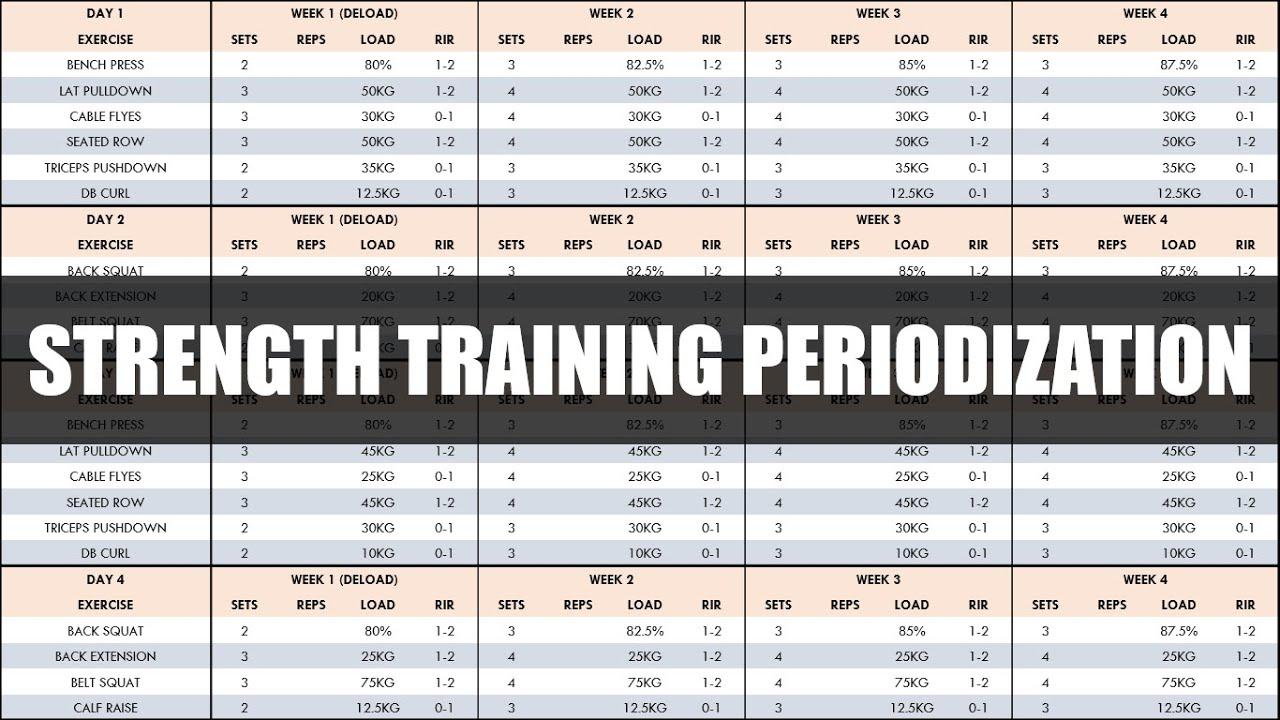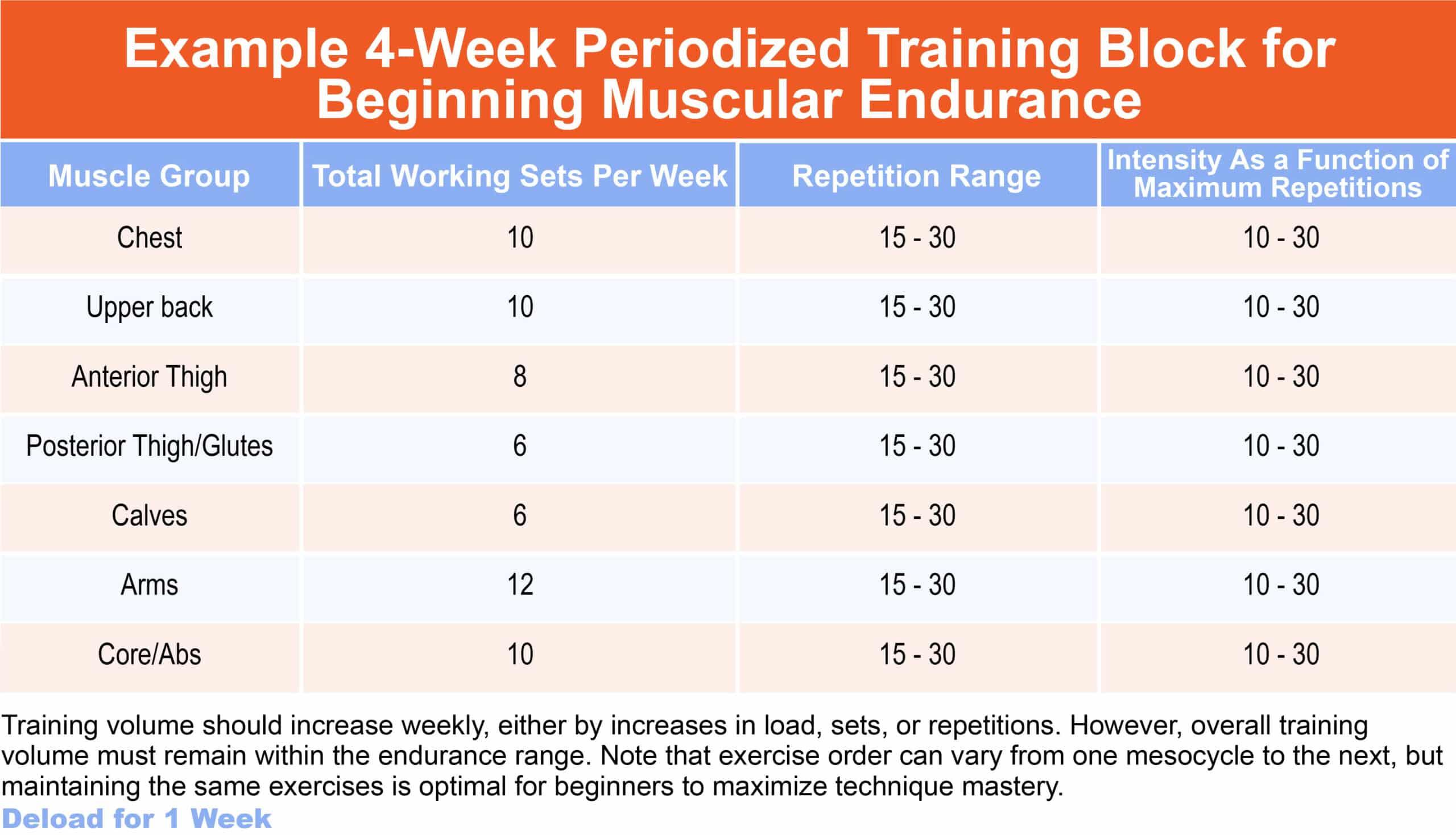Embarking on a journey toward sustainable weight loss can be both exciting and challenging, but with the right approach, it can also be incredibly rewarding. One of the most effective strategies to achieve lasting results is by creating a periodized workout plan. This method not only enhances your fitness levels but also ensures that your weight loss journey is balanced, safe, and tailored to your unique needs. In this article, we will guide you through the process of designing a periodized workout plan that adapts to your evolving fitness goals, helping you to maintain motivation and witness real, lasting change. With a focus on structured progression and variety, you’ll discover how to keep your workouts engaging and effective, ultimately leading to a healthier, more vibrant you. Let’s dive into the art of periodization and unlock the secrets to sustainable weight loss success.
Understanding the Basics of Periodization for Weight Loss
Periodization is a strategic approach to structuring your workouts, aimed at maximizing efficiency and promoting sustainable weight loss. By varying the intensity, volume, and type of exercise over specific periods, you can optimize your body’s response to training while minimizing the risk of plateaus and overtraining. This method is not only beneficial for elite athletes but also for anyone looking to achieve long-term weight management.
When crafting your periodized workout plan, consider incorporating the following phases:
- Preparation Phase: Focus on building a solid foundation with low to moderate intensity workouts. This phase helps improve your endurance and prepares your body for more intense sessions.
- Build Phase: Gradually increase the intensity and complexity of your workouts. Incorporate strength training and high-intensity interval training (HIIT) to boost your metabolism.
- Peak Phase: Aim for high-intensity workouts that challenge your limits. This phase is short and designed to maximize calorie burn and enhance your performance.
- Recovery Phase: Allow your body to recuperate with low-intensity exercises and rest. This phase helps prevent burnout and reduces the risk of injury.
By rotating through these phases, you not only keep your workouts fresh and engaging but also ensure your body continues to respond positively, promoting steady and sustainable weight loss.
Crafting Your Personalized Workout Schedule
Creating a workout schedule that aligns with your lifestyle and fitness goals is crucial for achieving sustainable weight loss. A personalized plan allows you to tailor exercises to your preferences and ensures you’re progressing without burning out. Start by identifying your primary goals, whether it’s building strength, increasing endurance, or shedding pounds. From there, structure your weekly workouts to balance different types of exercises:
- Cardio: Aim for 3-5 sessions per week, incorporating activities you enjoy, such as running, cycling, or swimming, to boost your heart rate and burn calories.
- Strength Training: Include 2-3 sessions focusing on major muscle groups. This helps in building lean muscle mass, which in turn accelerates metabolism.
- Flexibility and Recovery: Dedicate time to yoga, Pilates, or stretching exercises at least once a week to enhance flexibility and prevent injuries.
To keep your routine dynamic and prevent plateaus, integrate periodization by varying the intensity and volume of your workouts. This could mean altering the number of sets, reps, or even the type of exercises every few weeks. Remember, consistency is key, so choose activities that you find enjoyable and sustainable in the long term. With a well-structured plan, you’re not just working towards weight loss but a healthier, more balanced lifestyle.

Balancing Intensity and Recovery for Optimal Results
To achieve sustainable weight loss through a periodized workout plan, it’s crucial to find the right balance between workout intensity and recovery. Intense workouts challenge your body, leading to improvements in strength, endurance, and metabolism. However, without adequate recovery, these benefits can be negated, leading to burnout or injury. To avoid this, integrate the following strategies into your workout plan:
- Alternate High and Low Intensity Days: Design your week to include both high-intensity workouts, such as HIIT or weightlifting, and low-intensity activities like yoga or walking. This approach allows your body to recover while still remaining active.
- Prioritize Rest Days: Schedule at least one full rest day each week to let your muscles repair and grow stronger. This is essential for avoiding overtraining and maintaining motivation.
- Listen to Your Body: Pay attention to signs of fatigue or soreness. If needed, adjust your workout intensity or take additional rest days to ensure recovery.
By thoughtfully balancing intensity with recovery, you not only optimize your physical results but also cultivate a healthier relationship with exercise, making your fitness journey more enjoyable and sustainable in the long run.

Monitoring Progress and Making Adjustments for Long-Term Success
As you embark on your journey with a periodized workout plan for sustainable weight loss, it’s crucial to consistently evaluate your progress and be open to making necessary adjustments. This proactive approach ensures that you remain on track toward your long-term fitness goals. Begin by establishing clear, measurable benchmarks. Consider tracking key metrics such as:
- Weight and body measurements: Regularly document changes in your weight and measurements to identify trends.
- Performance improvements: Note enhancements in strength, endurance, and flexibility.
- Dietary habits: Assess how well you’re adhering to your nutritional goals.
- Energy levels and mood: Monitor how your energy and mood fluctuate with your workout regimen.
Once you’ve gathered data, analyze the results to determine what’s working and what isn’t. Adapt your plan as needed to address any plateaus or challenges. This might mean tweaking your workout intensity, incorporating new exercises, or refining your nutrition strategy. Remember, the key to long-term success is flexibility and the willingness to evolve your plan based on your progress and lifestyle changes.
